Select your city
Login

Want to know which processor will power the best phones in 2025? The numbers will blow your mind.
The latest chip comparison reveals some stunning differences. The Qualcomm Snapdragon 8 Elite Gen 5 scores an incredible AnTuTu score of 3,749,435. Some sources say it reaches up to 3,800,000. The MediaTek Dimensity 9500 takes it even further with an astonishing AnTuTu score of 4,011,932. Apple's flagship mobile processor, the A19 Pro, reaches 2,427,211 on the same standard.
These impressive benchmark numbers tell us a lot about ground performance. The Snapdragon 8 Elite 2 might top the processor ranking charts, but users care more about the balance between speed and battery life. We tested the top 10 mobile processors to give you a full picture of which processor fits your needs best.
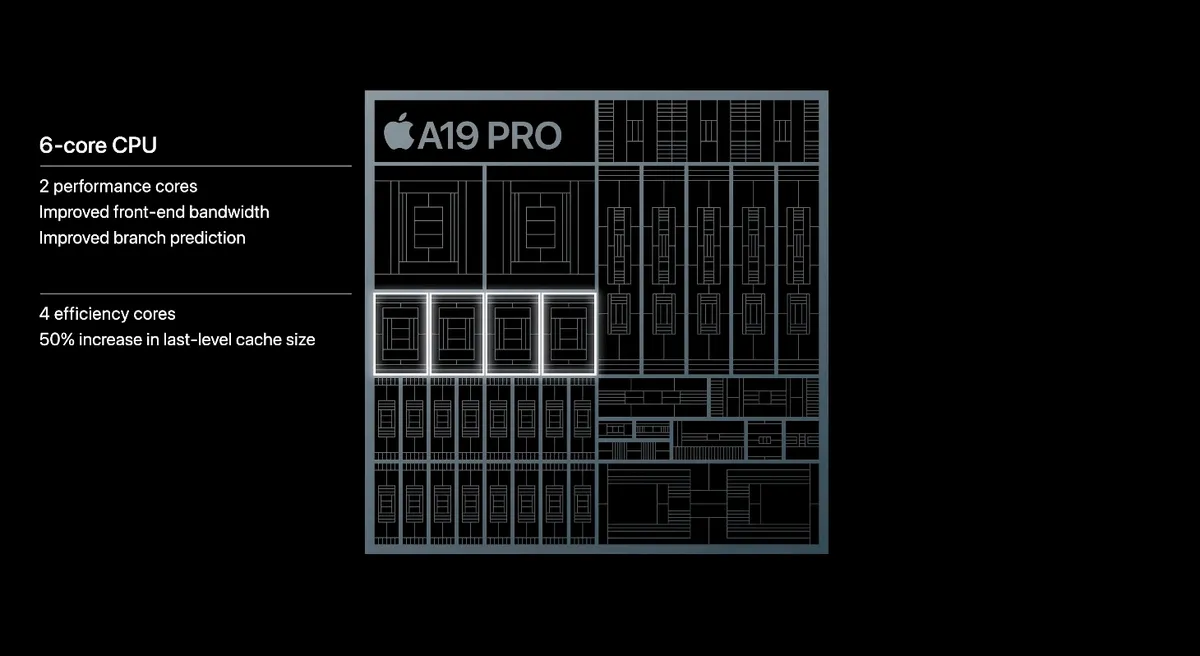
Image source - Apple Inc.
The Apple A19 Pro ranks high in 2025's mobile processor charts with major improvements over its previous version. This 6-core chipset, built on TSMC's advanced 3nm (N3P) process technology, challenges what smartphones can achieve in computing power.
The A19 Pro shows impressive numbers in benchmark tests. The processor scores 2,427,211 on AnTuTu 10, proving itself as a top performer among mobile processors. It reaches about 3,895 in single-core and 9,746 in multi-core tests on Geekbench 6, beating its predecessor by 11-12%.
The A19 Pro beats the Snapdragon 8 Elite by 36% in single-thread performance. Its architecture combines 2 high-performance cores at 4.26 GHz with 4 efficiency cores at 2.6 GHz. This creates a sweet spot between speed and power use.
GPU performance jumps 37% from the last generation. Apple's most advanced GPU yet handles demanding AAA games with ease.
The A19 Pro excels at power management. iPhones with this processor run video for up to 27 hours and charge to 50% in just 30 minutes. Users get both performance and battery life without compromise.
The advanced 3nm manufacturing process makes the A19 Pro 20% more power efficient than the A18 Pro. The iPhone Air's redesigned internal layout maximises battery space, which boosts overall battery life.
The A19 Pro proves its worth in daily use. Apple calls it "the fastest CPU in any smartphone", backed by its benchmark results. Pro models pack a 6-core GPU while the iPhone Air uses a 5-core GPU. Built-in Neural Accelerators optimise daily tasks.
The A19 Pro handles demanding tasks like 4K video exports and long gaming sessions without breaking a sweat. Pro models use a new vapour chamber cooling system that cuts down thermal throttling.
A 16-core Neural Engine powers AI features like Clean Up in Photos and Apple Intelligence. The processor also improves camera performance and works smoothly with iOS.
Raw benchmark numbers might show small gains in some areas. Yet the A19 Pro's real benefits in efficiency, heat management, and AI features make it a top choice among 2025's mobile processors.
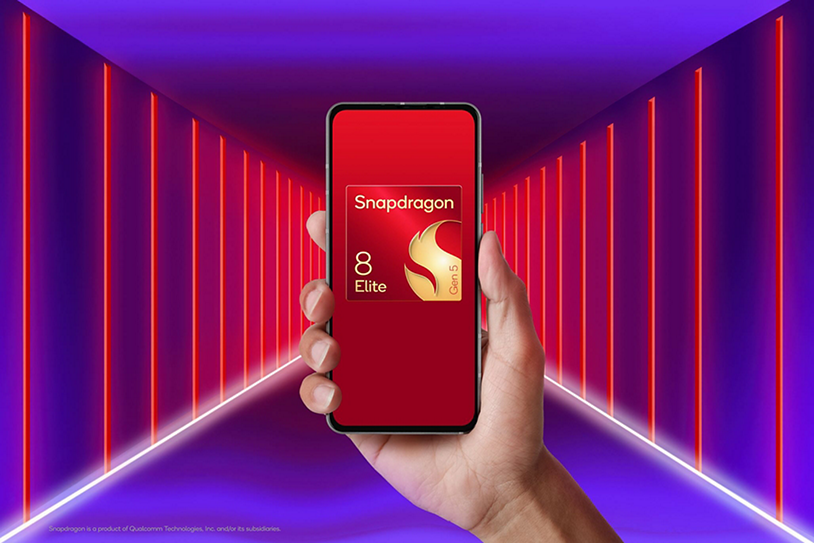
Image source - Qualcomm
Qualcomm's Snapdragon 8 Elite Gen 5 has revolutionised the mobile processor world by setting new standards for smartphone performance in 2025. This octa-core chipset uses advanced 3nm process technology with a unique 2+6 configuration to deliver exceptional processing power for flagship Android devices.
The Snapdragon 8 Elite Gen 5's benchmark performance stands out remarkably. Tests show it scores over 3.7 million points on AnTuTu v11, and Xiaomi 17 series devices reach up to 3,858,864. These numbers show a huge jump from previous generations, making it one of today's most powerful mobile processors.
The chip outperforms Apple's A19 Pro by 54% in AnTuTu 10 benchmarks. While the A19 Pro holds a tiny 2% lead in GeekBench 6 single-core tests, Snapdragon takes a 24% lead in multi-core performance. This suggests better handling of heavy workloads.
Snapdragon 8 Elite Gen 5 phones dominate the top five spots in AnTuTu's latest rankings. The Xiaomi 17 Pro Max leads the pack with 3,507,568 points.
The processor shows great improvements in power efficiency. CPU power efficiency has improved by 35%, while GPU power management is 20% better. Users get 16% less power consumption, which adds about 1 hour and 48 minutes of extra gaming time.
The advanced 3nm manufacturing process and third-generation Oryon CPU architecture are behind these efficiency gains. These improvements help maintain battery life despite the increased performance - a vital feature for users who want both speed and longevity.
Gamers will love what this chip brings to the table. The redesigned Adreno GPU boosts graphics performance by 23% and improves ray tracing by 25% compared to its predecessor.
The gaming experience gets better with these breakthroughs:
The processor handles multitasking exceptionally well. Two prime cores running at 4.6GHz and six performance cores at 3.62GHz keep everything smooth even with several demanding apps running at once. A 37% faster Hexagon NPU powers advanced AI features like individual-specific assistants and better content creation tools.
The chip now runs flagship devices from Honour, OnePlus, OPPO, Samsung, Sony, Xiaomi, and others. This makes it arguably the best processor for Android mobile phones in 2025.
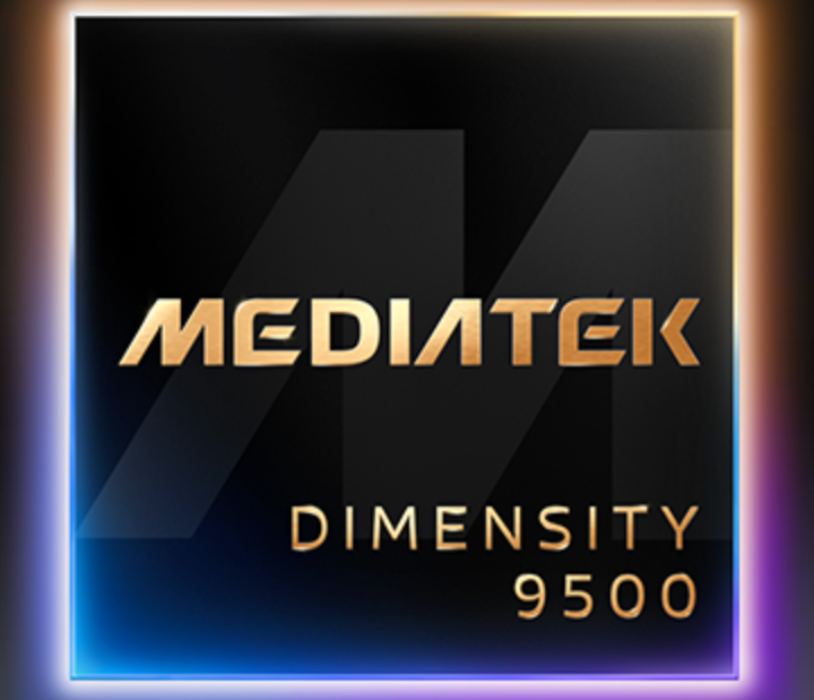
Image source - MediaTek
MediaTek's Dimensity 9500 has shattered records by becoming the first mobile processor to exceed 4 million points in AnTuTu benchmarks. This game-changing chipset uses TSMC's advanced 3nm (N3P) process and marks a revolutionary advancement in Android smartphone processing technology.
The Dimensity 9500's performance numbers are mind-blowing. The chip scored an incredible 4,011,932 points in AnTuTu v11 tests. This makes it the first smartphone processor to break the 4 million barrier. The detailed breakdown shows impressive results: CPU at 1,043,247, GPU at 1,510,982, memory at 667,254, and UX at 790,449 points.
Geekbench 6.4 results tell a similar story. The chip scored 4,007 points in single-core and 11,217 points in multi-core tests. These numbers show a 32% boost in single-core and 17% improvement in multi-core performance over its previous version. The scores put it neck-and-neck with Apple's A19 Pro, which reaches 4,019 in single-core tests.
The chip's third-generation All Big Core CPU design delivers exceptional power management. The architecture combines a 4.21GHz ultra core with three premium cores and four performance cores. This setup uses 55% less power at peak performance.
Users can expect 30% better efficiency during multitasking, especially when they game and use social audio calls simultaneously. The Arm G1-Ultra GPU steps up with 33% more peak performance and 42% better power efficiency. These improvements help the processor handle demanding tasks without draining the battery quickly.
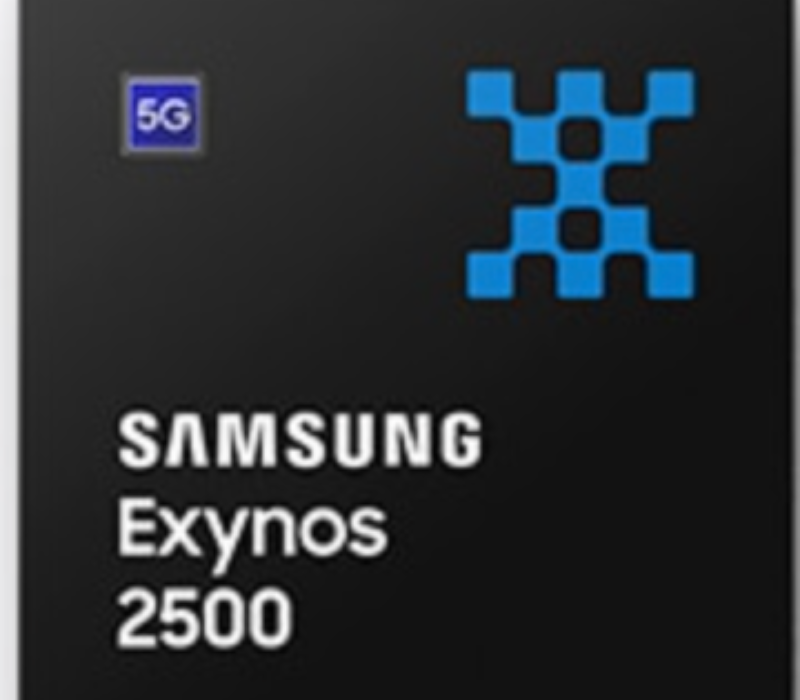
Image source - Samsung
Samsung's Exynos 2500 marks a strategic milestone as their first processor made with their innovative 3nm Gate-All-Around (GAA) technology. The Galaxy Z Flip 7 debuts this processor that balances performance and efficiency in a challenging form factor.
The Exynos 2500 uses an unusual deca-core CPU architecture with a complex four-cluster setup. A single Cortex-X925 core runs at 3.3GHz at its core. Two Cortex-A725 cores operate at 2.74GHz, while five more run at 2.36GHz. Two Cortex-A520 efficiency cores complete the setup at 1.8GHz. This setup strikes a balance between peak performance and power efficiency.
The processor scores between 2,047,807 and 2,154,825 points in AnTuTu 10. Geekbench 6 results show single-core scores of 2,012 to 2,478, and multi-core scores range from 7,563 to 8,098. These numbers put it about 18% below the Snapdragon 8 Elite in the Galaxy S25 series.
The chip comes with the Xclipse 950 GPU based on AMD's RDNA 3 architecture. It delivers 59 TOPS NPU performance and supports LPDDR5X RAM and UFS 4.0 storage. Camera support extends to 320MP sensors and 8K video recording at 30fps.
Heat management poses a major challenge for the Exynos 2500, especially with the compact Galaxy Z Flip 7. Samsung uses Fan-Out Wafer-Level Packaging (FOWLP) to tackle this issue. This technology should reduce chip thickness and improve heat dissipation.
The processor throttles significantly under sustained workloads with extended use. Performance can drop below the Google Tensor G4 during stress tests. The clamshell design limits cooling more than any inherent processor issues.
Samsung claims their 3nm GAA process improves energy efficiency by 34% compared to their 4nm node. Ground testing shows battery life matches devices using last year's Snapdragon 8 Gen 3. The results are good but not groundbreaking.
Gamers will appreciate the Xclipse 950 GPU upgrade. It now has 8 work group processors and 8 render backends, up from 6 WGP and 4 RB in the previous version. Samsung reports up to 28% higher frame rates in games that use hardware-accelerated ray tracing.
Gaming performance impresses in short bursts. Ray-tracing capabilities beat Apple's A18 Pro by 17%. However, extended gaming sessions still face thermal throttling issues. The 10-core setup helps with multitasking by providing extra threads for complex tasks. Device design affects actual performance significantly.
The Z Flip 7's thermal limits mean the Exynos 2500 performs similarly to the 2024 Snapdragon 8 Gen 3. It handles daily tasks well but doesn't expand what's possible in larger, better-cooled devices.
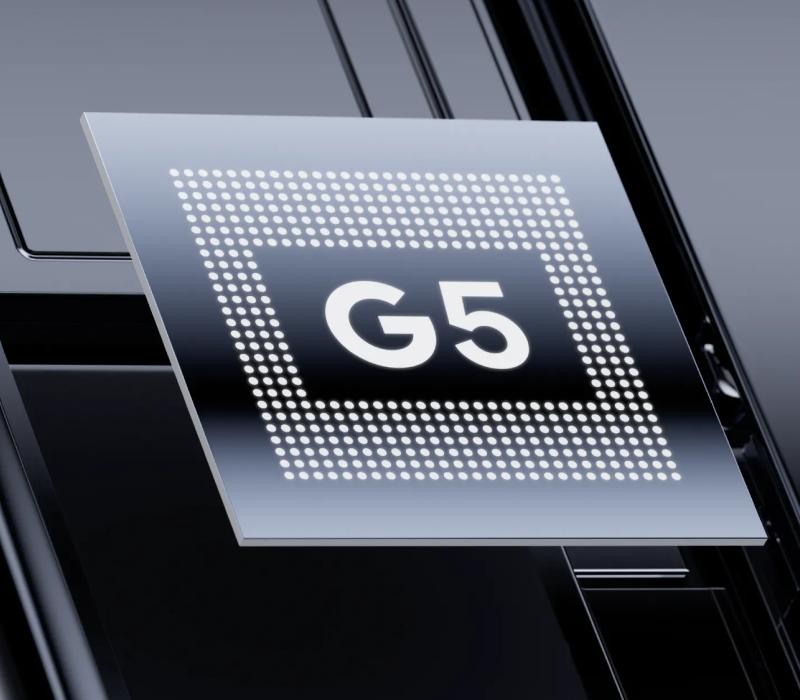
Image source - Google
Google's Tensor G5 charts a unique course by emphasising AI capabilities rather than raw processing power. The company partnered with TSMC instead of Samsung Foundry to create their most powerful processor yet.
The Tensor G5's heart features a Tensor Processing Unit (TPU) that delivers up to 60% more power than before. This groundbreaking chip runs the latest Gemini Nano model to deliver AI experiences right on your device. The Tensor G5's optimisations make Gemini Nano run 2.6x faster while using half the power for apps like Pixel Screenshots and Recorder.
This boosted AI capability powers several standout features:
The Tensor G5's efficiency shines through daily use. Every Pixel 10 phone runs over 30 hours on a single charge, lasting from early morning well past bedtime. Adaptive Battery learns your habits and fine-tunes power consumption based on how you use apps.
TSMC's manufacturing process significantly boosts power efficiency. Some reviewers point out that background AI features like Magic Cue might partially offset these gains.
The Tensor G5 scores 1,173,221 points in AnTuTu tests, matching last year's Snapdragon 8s Gen 3 devices. Geekbench 6 results show 2,296 for single-core and 6,203 for multi-core performance. These numbers mark a 22% jump from its predecessor but still lag about 20% behind the Snapdragon 8 Elite's single-core performance.
The G5 stays cool under pressure, unlike older Tensor chips. This temperature control allows steady performance without slowdowns. Gamers can enjoy Minecraft and Genshin Impact at 60FPS, while the Pixel 9 Pro struggled to reach 40FPS.

Image source - Apple Inc.
The A18 Pro, which came before Apple's latest flagship chip, remains a powerhouse in the 2025 digital world. This 6-core processor uses TSMC's 3nm (N3E) process and delivers a balanced mix of performance and efficiency that makes it relevant despite newer chips.
The A18 Pro shows impressive capabilities with an AnTuTu 10 score of approximately 1,947,830 points. Its CPU component reaches 797,610 points, while the GPU achieves 569,057 points. The chip scores approximately 3,467 in single-core and 8,550 in multi-core tests on Geekbench 6, making it 84% faster than most current mobile devices.
This processor's architecture combines two high-performance cores at 4.05 GHz with four efficiency cores at 2.42 GHz. Such configuration helps the A18 Pro maintain excellent single-thread performance. It scores 4,126 in PassMark's single-thread rating, which beats competitors like the Apple M1 (3,679) and Ryzen Z1 Extreme (3,575).
The 6-core GPU handles ray tracing well and achieves 9.08 Mpixels/sec. It scores 4,592 in 3DMark Wild Life Extreme with an average frame rate of 27.5 fps.
The A18 Pro shows remarkable power efficiency with average sustained power consumption around 4W. The chip peaks at only 10W under high loads, which helps the iPhone 16 deliver about 22 hours of video playback.
Advanced architecture and iOS optimisations create this processor's efficiency. The A18 Pro runs the same workload as its predecessor 15% faster while using 20% less power.
The A19 Pro beats its predecessor by roughly 14.7% in CPU Mark. A 5% higher CPU clock speed (4.26 GHz vs 4.05 GHz) and 9% higher GPU frequency give the newer chip its edge. The A19 Pro scores 2,427,211 on AnTuTu compared to the A18 Pro's 1,947,830—a 25% improvement.
Higher memory bandwidth (75.8 GB/s vs 60 GB/s) gives the A19 Pro a 26% advantage, which adds substantially to its performance lead. The A18 Pro stands as a capable processor that delivers excellent performance for most tasks but comes nowhere near the latest flagship chips in demanding applications.
Users who want a balance between performance and efficiency will find it a solid choice in the mobile processor lineup.
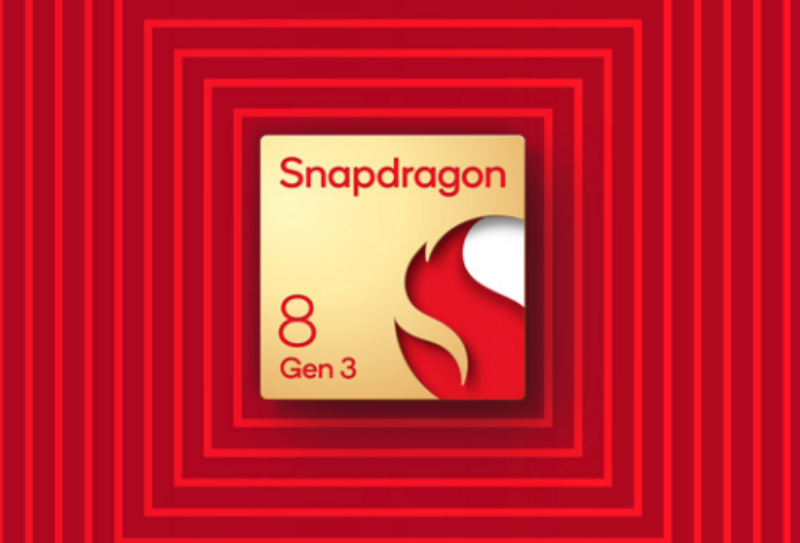
Image source - Qualcomm
The Snapdragon 8 Gen 3, launched in late 2023, still packs a punch in 2025's digital world. This processor powers millions of devices worldwide and strikes a sweet spot between performance and efficiency, even with newer chips in the market.
The Snapdragon 8 Gen 3's test scores stay competitive. Its AnTuTu 10 score hits around 2.05 million points, with CPU reaching 437,320 and GPU touching 841,302. The chip scores 2,183 in single-core and 6,434 in multi-core tests on Geekbench 6. These numbers put it nowhere near the newer Snapdragon 8 Elite Gen 5's raw power, lagging by about 65%.
The chip's architecture uses a 1+5+2 core setup. You'll find a single Cortex-X4 prime core at 3.3GHz, five Cortex-A720 performance cores (three running at 3.15GHz, two at 2.96GHz), and two Cortex-A520 efficiency cores at 2.27GHz. This setup breezes through daily tasks but struggles with heavy workloads compared to newer chips.
Heat control is the chip's biggest challenge. The processor drops to about 64% of its peak performance during heavy use. The 3DMark Wildlife Extreme stress test shows stability between 54.2% and 60%.
Best loop scores start at 5,060 but can drop to 2,742. OnePlus and Samsung device users should switch on "light" battery mode. This setting cuts the highest frequency steps and gives much better battery life without much impact on performance. The result? Better efficiency while keeping things running smooth.
The Elite Gen 5 leaves its predecessor in the dust. It boasts 78% better multi-core performance and AnTuTu scores that are 116% higher. Gaming performance also jumps significantly - the Gen 5 hits 140 FPS in 3DMark Wildlife while the Gen 3 manages 88 FPS.
The Snapdragon 8 Gen 3 handles everyday tasks just fine. Most users won't need to upgrade unless they're hardcore mobile gamers or heavy AI app users. The performance gap might not justify the cost of switching to a newer device.
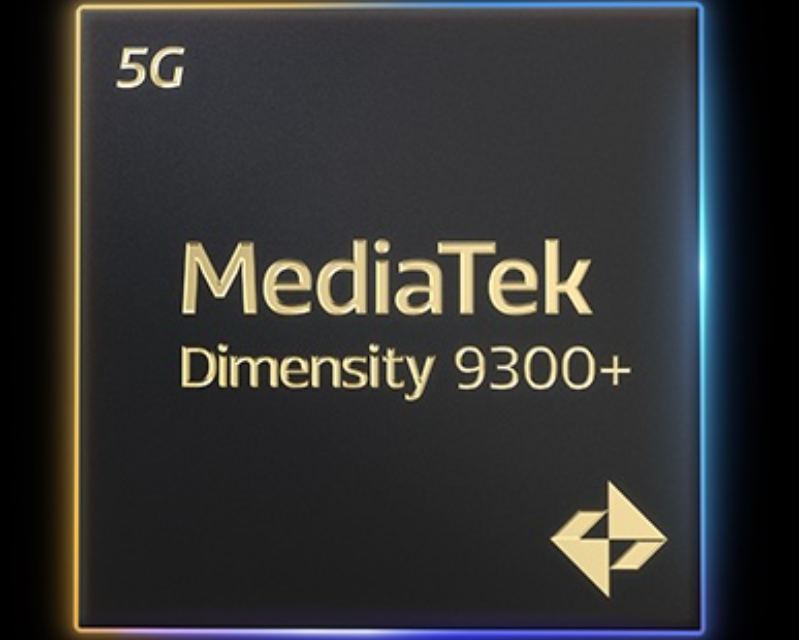
Image source - MediaTek
The MediaTek Dimensity 9300 Plus emerges as a powerful competitor in the 2025 mobile processor landscape. Its all-big-core architecture delivers exceptional raw performance and better efficiency.
The Dimensity 9300 Plus shows impressive results on AnTuTu 10 with scores between 2,056,289 and 2,184,452 points. The breakdown reveals CPU performance at 496,925, GPU at 870,477, memory at 378,380, and UX at 354,728 points. The processor's exceptional multi-threading capabilities shine through its Geekbench 6 results, scoring 2,302 in single-core and 7,547 in multi-core tests.
The processor's unique core configuration makes it highly efficient. It combines one Cortex-X4 core running at 3.4GHz, three Cortex-X4 cores at 2.85GHz, and four Cortex-A720 cores at 2.0GHz. This setup works with a large 18MB shared L3 cache to cut down data bottlenecks. The result is 12% better power efficiency and 8% longer battery life.
Gaming performance reaches new heights with the Mali-G720 Immortalis MP12 GPU, delivering 5.376 TFLOPS. Players experience realistic lighting, textures, and reflections at 60FPS thanks to second-generation hardware-based ray tracing support. The Adaptive Gaming Technology keeps frame rates steady during long gaming sessions by managing GPU workload and temperature effectively.
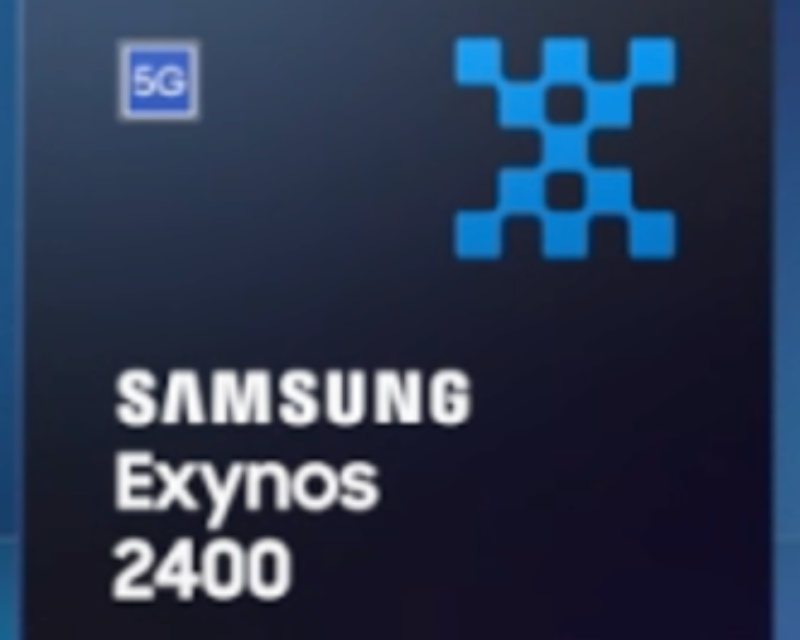
Image source - Samsung
Samsung's Exynos 2400 powers Galaxy S24 and S24+ devices in Europe, India and several other regions. Though it lives in Snapdragon's shadow, this processor strikes a great balance between performance and efficiency among today's mobile processors.
Samsung built the Exynos 2400 on their 4nm process. The processor features a 10-core setup: one Cortex-X4 prime core running at 3.21GHz, five Cortex-A720 performance cores, and four Cortex-A520 efficiency cores. The chip reaches an AnTuTu 10 score of approximately 1,785,162 points. AMD's RDNA 3 architecture powers the Xclipse 940 GPU, which delivers strong gaming performance with second-generation ray tracing support. The GPU scores 4,231 in the 3D Mark Wildlife extreme test and stands as a match for Apple's A17 Pro.
Fan-out Wafer Level Package technology helps the Exynos 2400 excel at heat management. The chip shows 23% better heat resistance during single-core operations. Samsung's power efficiency optimisations show results - Galaxy S24 users end their days with 50-60% battery left after moderate use. The Exynos model lasts 36% longer than Snapdragon variants in web browsing tests.
The Exynos 2400 runs on a 4nm process while its successor, the 2500, uses a 3nm node. AnTuTu scores reveal the newer chip performs 15% better at 2,047,807 compared to 1,785,162. The Exynos 2500's Xclipse 950 GPU packs eight pipelines, up from the 2400's six.
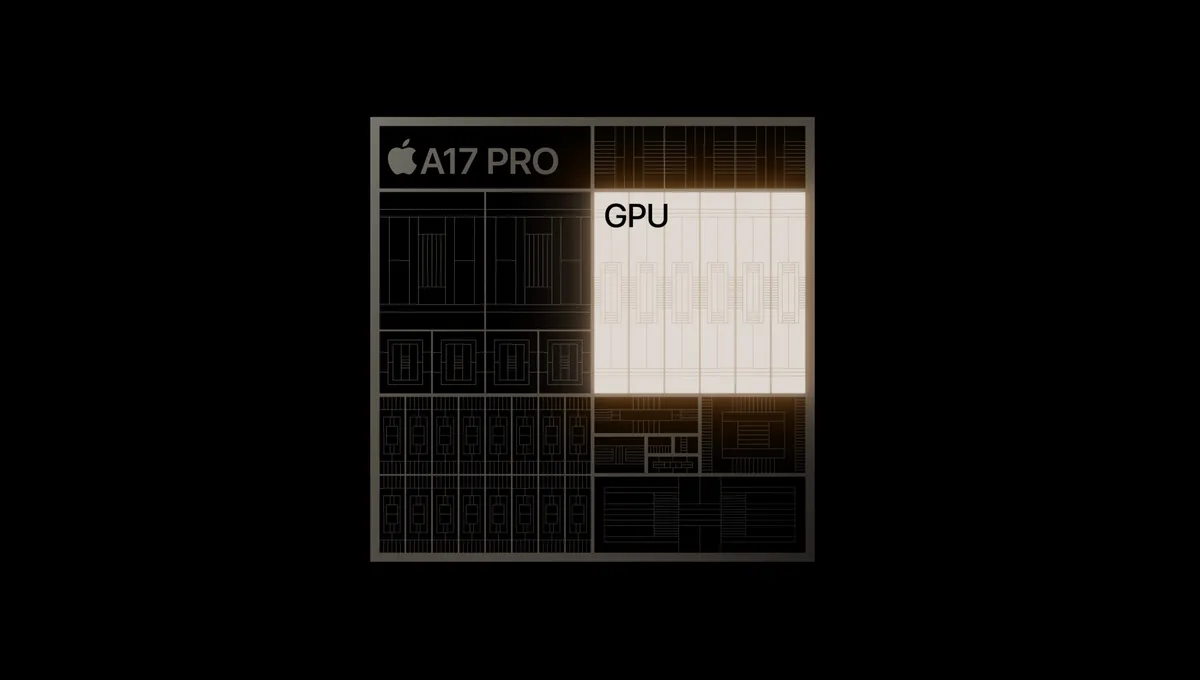
Image source - Apple Inc.
The A17 Pro holds its place in 2025's processor hierarchy as Apple's first 3nm smartphone chip. This groundbreaking processor matches newer models in performance despite not being the latest release.
The A17 Pro shows its strength with an AnTuTu score of approximately 1,447,835 points. Geekbench 6 tests reveal scores of around 2,900 points for single-core and 7,200 points for multi-core performance. These results show a 10% boost in single-thread performance over the previous model, but only a 3% improvement in multi-core tasks. The A17 Pro's single-thread performance rivals desktop processors like AMD's Ryzen 9 7950X and Intel's Core i9-13900K. This is a big deal as it means that it achieves these results at just 3.78 GHz compared to their much higher 5.8-6.0 GHz speeds.
The iPhone 15 Pro models with A17 Pro come with larger batteries - 3,998mAh for physical SIM versions or 4,252mAh for eSIM models. These phones charge quickly, reaching 50% battery in 20 minutes with a 40W adapter. A full charge takes about 1 hour and 18 minutes.
The A18 Pro edges out its predecessor with a 6.1% higher CPU Mark score, but scores 9% lower in single-thread tests. The chips differ in their core architecture - the A17 Pro runs two performance cores at 3.78 GHz and four efficiency cores at 2.11 GHz, while the A18 Pro operates at 4.05 GHz and 2.42 GHz respectively. The A18 Pro also features 17% better memory bandwidth and comes with an enhanced instruction set architecture.
*Comparative score mentioned in relation to A19 Pro
Our detailed comparison of 2025's top mobile processors shows how performance and efficiency have changed the digital world. MediaTek has surprised everyone by taking the lead - its Dimensity 9500 reached a 4 million+ AnTuTu score. The Snapdragon 8 Elite Gen 5 comes in as a close second with great power management features.
Apple's tightly integrated ecosystem helps it balance raw power and efficiency well. The A19 Pro shines in single-core performance and battery life, making it a great choice for users who need both power and endurance. Our tests reveal how each processor targets different priorities. Users looking for the best gaming experience will likely prefer the Dimensity 9500 or Snapdragon 8 Elite Gen 5.
The Apple A19 Pro or Snapdragon 8 Gen 3 work great for those who want good battery life with solid performance. Google's Tensor G5 takes a different path by focusing on AI capabilities rather than pure performance numbers. Your specific needs should determine which processor you choose. The MediaTek and Qualcomm flagships deliver raw power that gamers will love. Apple's excellent single-thread performance benefits professional users with demanding tasks.
Last year's flagships like the Snapdragon 8 Gen 3 or Dimensity 9300 Plus still offer great value for budget-conscious buyers. Manufacturers approach the speed versus battery life balance differently. Some chase maximum performance, while others focus on sustained performance with better heat management. These processors can do things that seemed impossible a few years ago. The processor in your next smartphone will affect your daily experience by a lot. This comparison should help you pick the right match for your needs, whether you care most about gaming, photography, battery life, or AI features.
The Apple A19 Pro stands out for its excellent balance of performance and efficiency. It delivers high benchmark scores while enabling up to 27 hours of video playback, making it ideal for users who want both power and longevity.
The Snapdragon 8 Elite Gen 5 is one of the most powerful Android processors, with AnTuTu scores exceeding 3.7 million points. It offers a 35% improvement in CPU power efficiency and advanced features like ray tracing, making it highly competitive in both performance and efficiency.
The MediaTek Dimensity 9500 is the first mobile processor to surpass 4 million points in AnTuTu benchmarks. It offers exceptional performance, improved power efficiency, and advanced AI capabilities, making it a top choice for high-end Android devices.
The Google Tensor G5 focuses primarily on AI capabilities rather than raw processing power. It features a 60% more powerful TPU, enables on-device generative AI experiences, and offers over 30 hours of battery life, catering to users who prioritise AI-driven features and efficiency.
Yes, there are notable improvements. For example, the A19 Pro offers about 15% better performance and 20% improved efficiency over the A18 Pro. Similarly, the Snapdragon 8 Elite Gen 5 shows substantial gains over the 8 Gen 3 in both performance and power management. However, the extent of improvement varies between generations and manufacturers.
Sources:
0 Comments